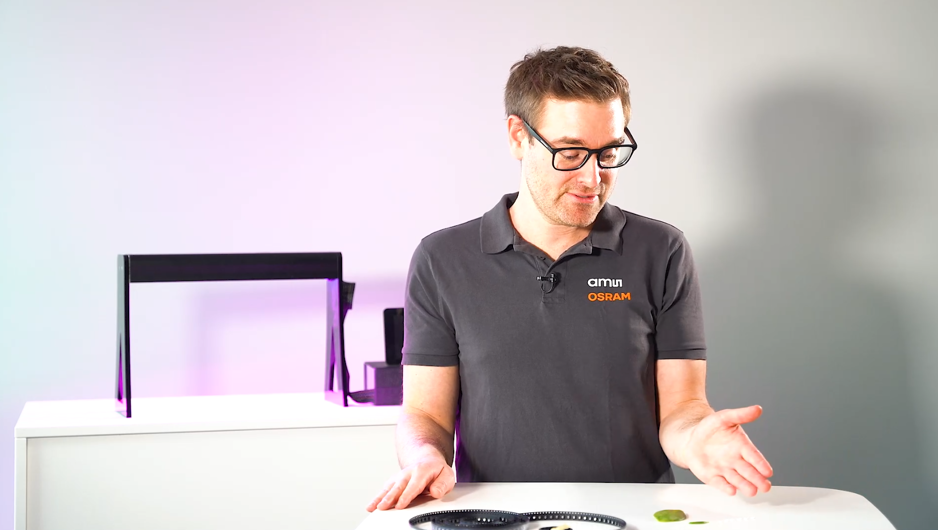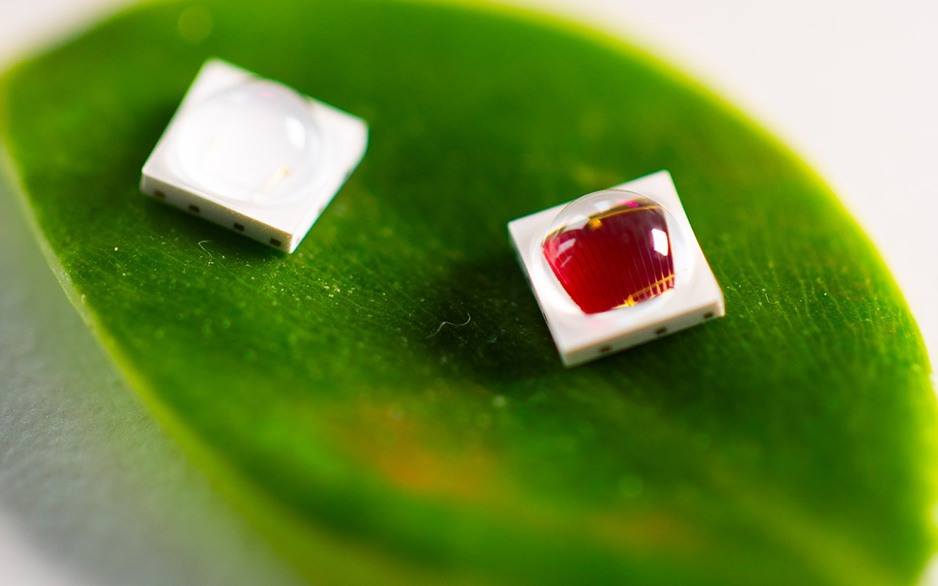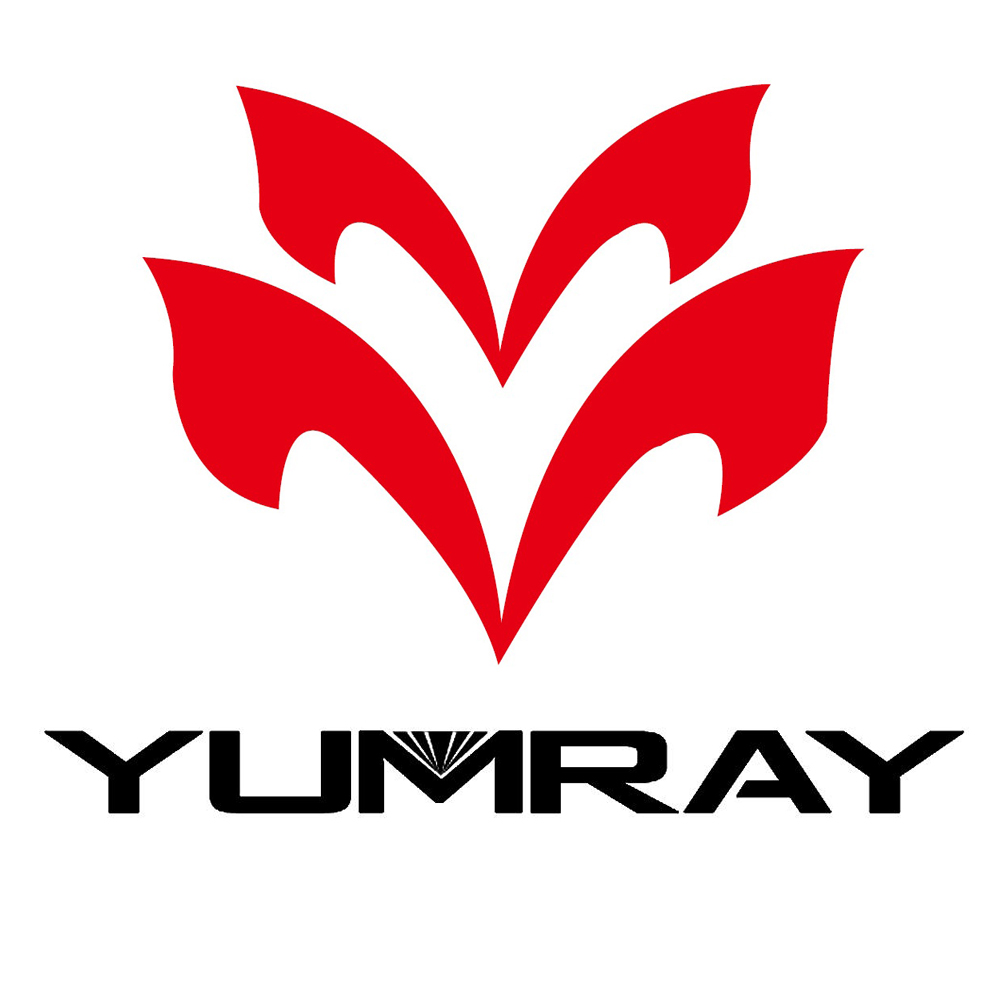What's behind the increased efficiency in LED lighting?
Name 10 horticultural lighting suppliers in 30 seconds—it's not too difficult, is it? The market is both active and competitive. However, what many might not realize is that a substantial portion of these fixtures rely on ams OSRAM components. As a key player in LED development, ams OSRAM has driven major advancements in efficiency across the industry. Thomas Grebner reflects on a decade of progress in LED technology.

With a history in the lighting business of more than a century, ams OSRAM's history in the greenhouse market spans just a decade, originating from its activities in providing hyper-red LEDs for various industries. The high standards required in the horticultural industry helped the company gain rapid ground in greenhouses and vertical farms. With experience in industries such as laser, automotive, stage, street, and indoor lighting, ams OSRAM expanded its activities to the horticultural market. "We started supplying our hyper-red LEDs to a small customer base who believed in the product. Once the LEDs hit the efficacy of HPS, their popularity continued to increase," says Thomas. "An HPS reaches 2.1 µmol/joule compared to a 4 µmol/joule efficacy of LEDs meant growers could reduce their energy usage by 50%. With each step, the pressure on the HPS market increased, and the LED horticulture market grew year by year."
When discussing LED efficacy, often referred to as the efficiency, the goal is to ensure that most of the energy consumed by the LEDs is converted into light. Behind continuous improvements lie key components: the German-produced LED chip, a tiny semiconductor that emits light when electricity flows through, serves as the heart. The chip's materials determine the color of the light. Then there's the lens, which protects the chip and shapes the light beam. ams OSRAM offers five LED colors for Horticulture applications (hyper-red, deep blue, far red, red, and Horti-white), which Thomas says cover 99% of horticultural applications.
The production of the chips takes place in Germany, which Thomas says is critical in an environment affected by global uncertainties. "This ensures we're independent of geopolitical tariffs or fees. In-house R&D and production keep us dynamic regarding developments and innovations."

Recent developments include the launch of the OSCONIQ® P 3737, which can be used as a top light, as interlighting, as sole-source lighting or as the lighting in vertical farming applications. Available in five colours, the OSCONIQ® P 3737 achieves an efficacy of 4.59 µmol/J % in hyper-red @700mA driving current. This is an 11% improvement over previous generations, which had an efficiency of 74%, and enables fixture manufacturers to redesign their products to achieve 6.13 µmol/s. "There's no LED with such efficacy in the market," says Thomas. Using the technology in a fixture will significantly lower the energy costs in a greenhouse. "What's equally important is the extensive stress and quality testing we've conducted to ensure it maintains these numbers throughout the lifespan: the LED still delivers 90% of its original light output even after 102,000 operating hours according to LM80 test data." Growers benefit from stable harvest results using LEDs with superior quality.
Although the product designs are secret and IP-protected, Thomas can reveal some developments that bring ams OSRAM to increased efficiencies. "For example, we focused on improving the optics of the components—reducing light losses in the lens and improving the chip technology," he says. Regarding chip technology, ams OSRAM ensures its chips emit light in a single direction, avoiding the need for reflectors in the package. "We sometimes see this in blue chips: they emit light in five different directions, requiring reflectors. But as the package ages, reflectors degrade. With our technology, we avoid that issue entirely."

